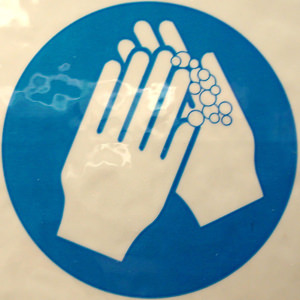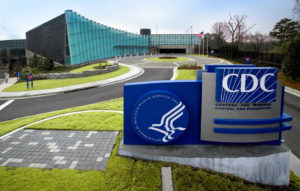Claims About Ubiquitous Germ Killer Debunked
For 37 years the U.S. Food and Drug Administration has offered no official, scientific report on the safety of triclosan, a dubious anti-microbial agent found in everything from toys to toothpaste. (more)
For 37 years the U.S. Food and Drug Administration has offered no official, scientific report on the safety of triclosan, a dubious anti-microbial agent found in everything from toys to toothpaste. Last year, the administration set a spring 2011 deadline for publication of its much-awaited review of the substance. But that deadline came and went and now has been pushed back to winter 2012 with no formal announcement.
In the meantime, a debate continues, but the soap and detergent industry wants you to know triclosan is completely safe. Last April, the trade group American Cleaning Institute weighed in on the conversation with a number of claims on its website, Fight Germs Now.
See what Mother Jones has to say about some of these claims. –ARK
Your support matters…Mother Jones:
1. “Sometimes plain soap and water is not good enough.”
Actually, says Jannsen, there’s plenty of evidence that triclosan is no more effective than soap and water: See this study and this review of several studies for starters. (The one exception is toothpaste; there’s some evidence that triclosan helps fight gingivitis.) Fight Germs Now likes to tout a study from 2007 that found that people who washed their hands with triclosan carried less bacteria onto their food than those who used soap and water, but Jannsen points out that before you buy this line, you might want to consider the fact that the study was performed by Henkel, makers of Dial anti-microbial soap.
4. “Insufficient evidence exists to demonstrate that the use of antiseptic drug products harms human health.”
A number of recent studies have shown that anti-bacterial products might be contributing to antibiotic resistance (here are a few to start with). Then there’s the fact that triclosan is known to be completely ineffective against “gram negative” bacteria like pseudomonas and serratia, both of which cause major infections in hospitals. In fact, notes Jannsen, a hospital outbreak of serratia was traced back to anti-bacterial soap dispensers.
Independent journalism is under threat and overshadowed by heavily funded mainstream media.
You can help level the playing field. Become a member.
Your tax-deductible contribution keeps us digging beneath the headlines to give you thought-provoking, investigative reporting and analysis that unearths what's really happening- without compromise.
Give today to support our courageous, independent journalists.




You need to be a supporter to comment.
There are currently no responses to this article.
Be the first to respond.